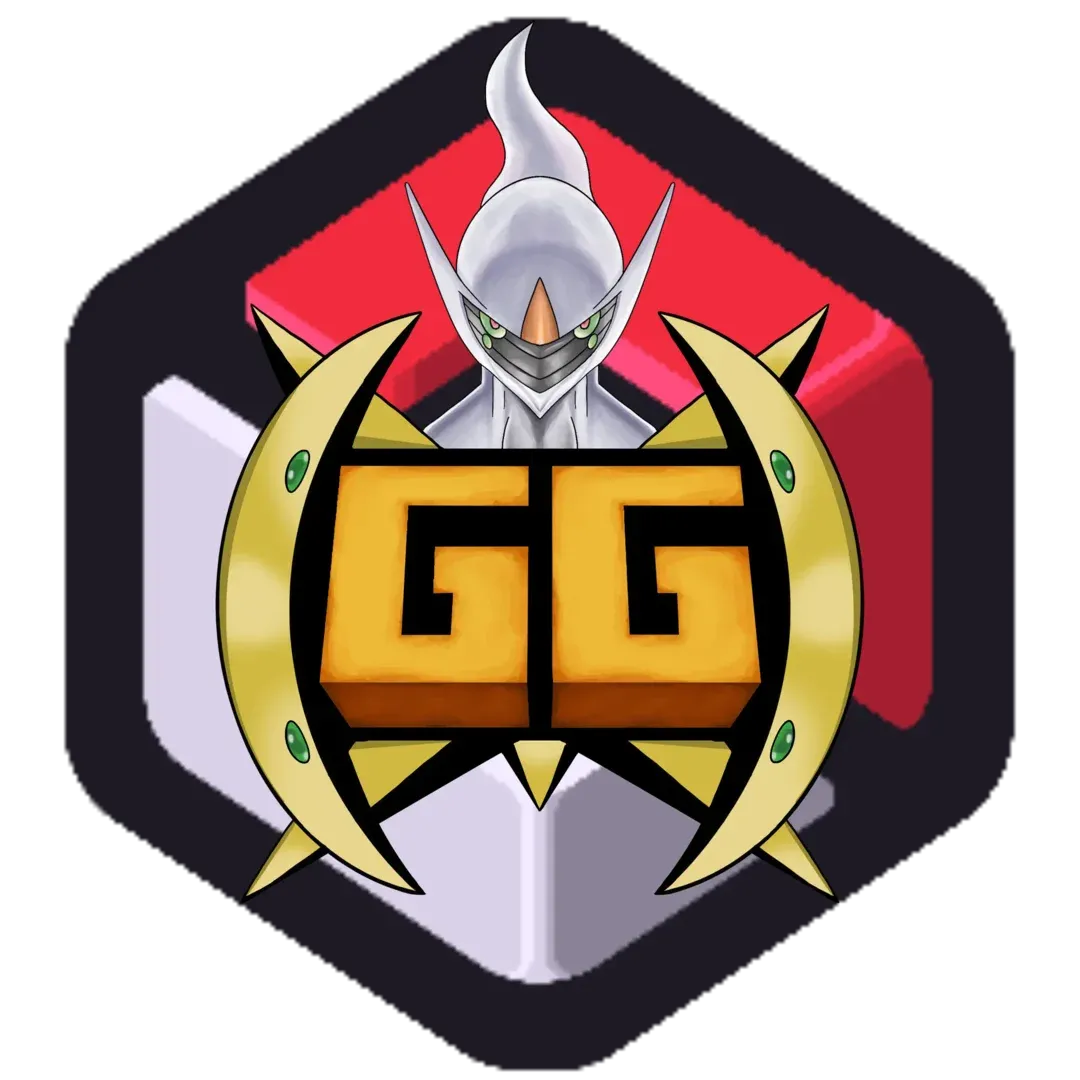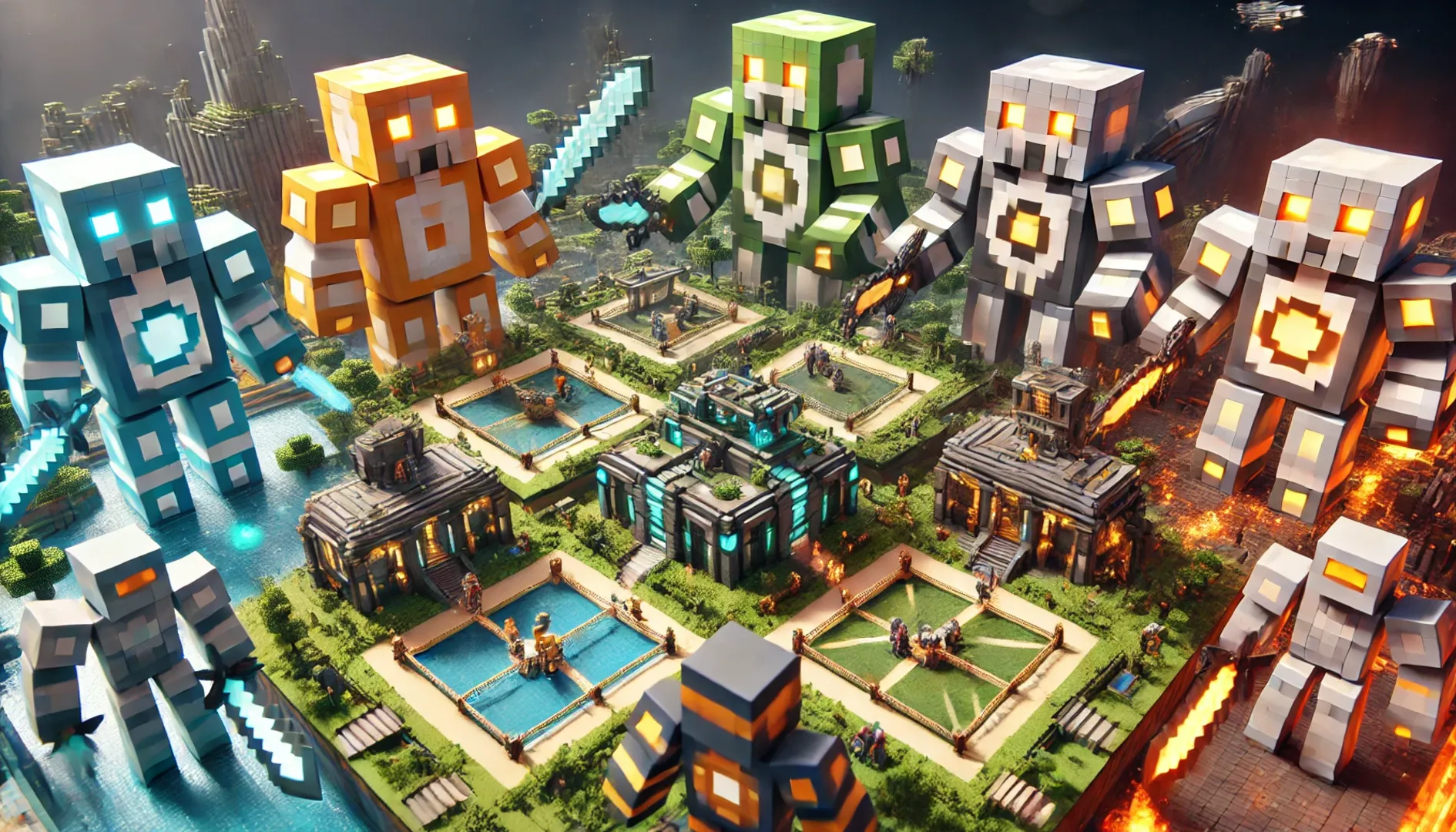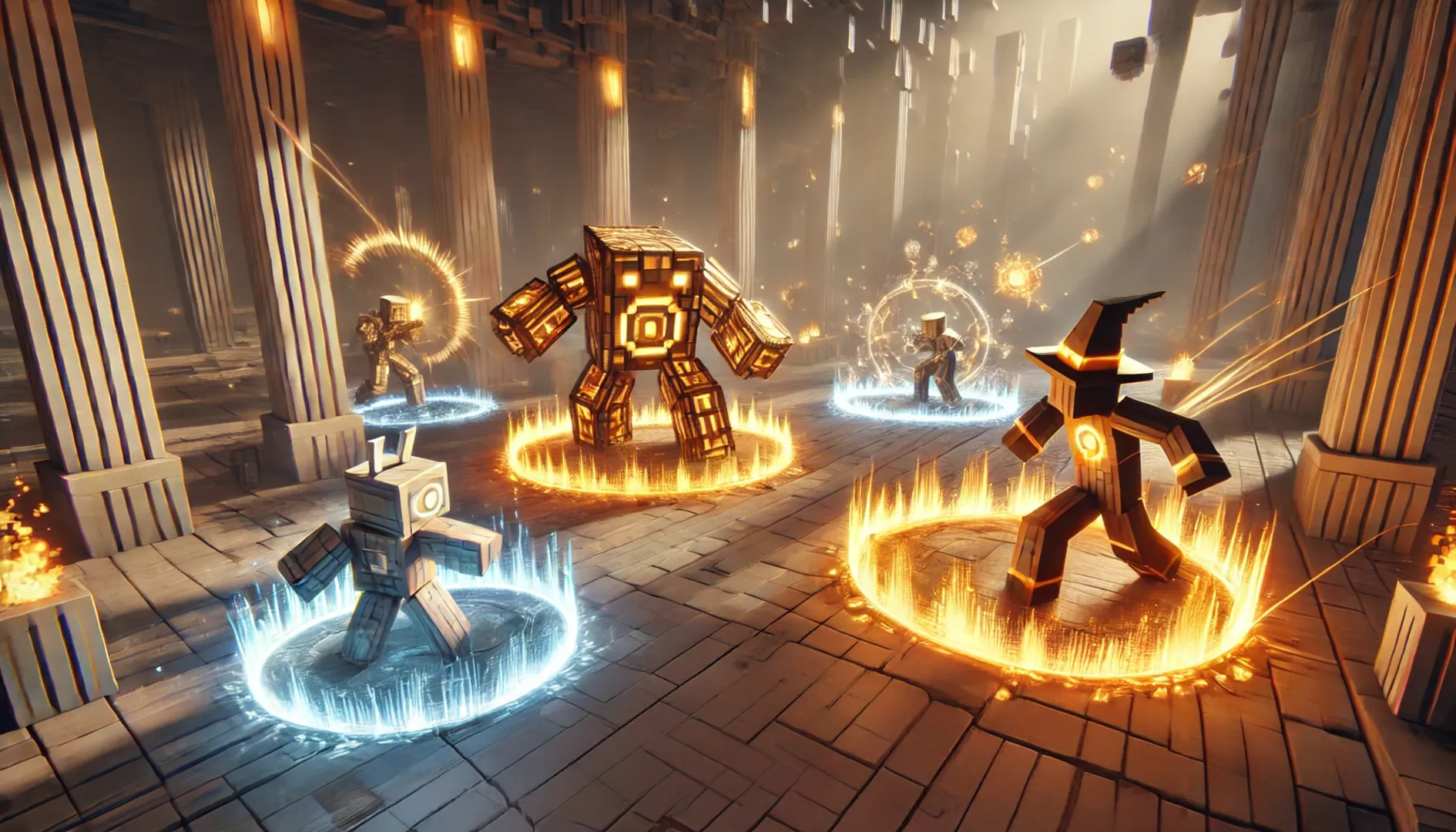In Cobblemon, battles can vary widely depending on the format, from single battles to double battles, and even special formats like raid battles or PvP tournaments. Each battle format demands a different strategy, and adapting your team to these varying conditions can be the key to success. In this guide, we’ll cover how to adjust your Cobblemon team to excel in different battle formats, outlining the best approaches for singles, doubles, raids, and more.
1. Single Battles: Focus on One-on-One Combat
Single battles, where you face off against your opponent in a one-on-one format, require a balance of offense, defense, and strategy. In this format, each turn counts, and building a well-rounded team is essential.
Key Strategies for Single Battles:
- Balanced Team Composition: In singles, it's important to have a mix of offensive, defensive, and supportive Cobblemon. You’ll need physical attackers, special attackers, walls, and status inducers to cover multiple threats.
- Entry Hazards: Moves like Stealth Rock or Spikes are critical in single battles, as they punish switching, which happens more often in this format. Setting up early hazards can help weaken opponents over time.
- Status Moves: Moves like Toxic, Thunder Wave, or Will-O-Wisp are extremely effective in singles. These can cripple sweepers or stall opponents out, giving you more control over the battle.
- Setup Sweepers: Cobblemon that can boost their stats, like Garchomp with Swords Dance or Togekiss with Nasty Plot, can quickly turn the tide of battle if given the opportunity to set up.
Example of a Singles Team:
- Ferrothorn (Stealth Rock, Leech Seed)
- Garchomp (Swords Dance, Earthquake)
- Rotom-Wash (Thunder Wave, Volt Switch)
- Togekiss (Nasty Plot, Air Slash)
- Blissey (Toxic, Soft-Boiled)
2. Double Battles: Team Coordination and Synergy
Double battles, where each player sends out two Cobblemon at a time, require a different approach from singles. In doubles, synergy between Cobblemon is key, and moves that affect the entire field become much more important.
Key Strategies for Double Battles:
- Synergy: The key to double battles is finding Cobblemon that work well together. For example, Garchomp’s Earthquake can be used alongside a Flying-type or a Levitate Cobblemon like Rotom, avoiding damage to your own team.
- Spread Moves: Moves that hit both opponents, like Rock Slide or Surf, are much more valuable in doubles. They allow you to apply pressure to both opponents at once.
- Support Moves: Supportive moves like Helping Hand, Tailwind, or Protect are critical in doubles. Helping Hand boosts the power of your partner’s move, while Tailwind can double your team’s Speed for a few turns.
- Speed Control: Speed is vital in doubles. Moves like Trick Room (which reverses Speed order) or Tailwind (which doubles Speed) can shift the momentum of a match by allowing your team to act first.
Example of a Doubles Team:
- Togekiss (Follow Me, Air Slash)
- Excadrill (Earthquake, Iron Head)
- Rotom-Wash (Thunderbolt, Protect)
- Tyranitar (Rock Slide, Stealth Rock)
- Dragapult (Dragon Darts, Phantom Force)
3. Raid Battles: Cooperative Play Against Bosses
Raid battles are unique in that they involve multiple players teaming up to take down a single, powerful boss Cobblemon. The challenge here is to build a team that can support the group effort, deal consistent damage, and stay alive against a powerful opponent.
Key Strategies for Raid Battles:
- Survivability: Staying alive is the most important aspect of raid battles. Cobblemon with recovery moves like Roost, Recover, or healing items like Leftovers can increase your longevity in the battle.
- Supportive Roles: Moves like Light Screen and Reflect (which reduce damage from special and physical attacks) are crucial in helping your entire team survive. Cobblemon with moves like Heal Pulse or Life Dew can also support teammates.
- High-Power Attacks: Raid bosses often have large amounts of HP, so bringing Cobblemon with powerful, high-damage moves like Hyper Beam, Earthquake, or Hydro Pump can help chip away at the boss’s health.
- Status Immunity: Many raid bosses can use status moves to paralyze or poison your team. Bringing Cobblemon that are immune to status conditions or have moves like Safeguard can help prevent this.
Example of a Raid Team:
- Blissey (Life Dew, Toxic)
- Corviknight (Iron Defense, Roost)
- Garchomp (Earthquake, Swords Dance)
- Rotom-Wash (Thunderbolt, Will-O-Wisp)
- Togekiss (Air Slash, Aura Sphere)
4. PvP Battles: Competitive and Tournament Play
In competitive and tournament play, team-building becomes more nuanced. Your team needs to be balanced, but you also need to account for common strategies used by other players. Adapting your team to counter specific threats is key in this format.
Key Strategies for PvP Battles:
- Balanced Team Building: In PvP, you’ll face a wide range of opponents, so your team should have a balance of offense, defense, and utility. Have a mix of physical and special attackers, as well as Cobblemon that can stall or disrupt your opponent’s strategy.
- Countering Meta Threats: Keep in mind the common threats in the metagame and build your team to counter them. For example, if Garchomp is a common threat, you’ll want Cobblemon like Ferrothorn or Weavile to handle it.
- Prediction and Switching: PvP battles often involve predicting your opponent’s moves and switching your Cobblemon to gain an advantage. Moves like Volt Switch and U-turn help you pivot and keep momentum.
- Status and Setup: PvP often includes teams that use status moves to cripple opponents or setup moves to sweep. Having moves like Taunt or Haze to stop setups is essential in maintaining control.
Example of a PvP Team:
- Excadrill (Earthquake, Stealth Rock)
- Togekiss (Air Slash, Thunder Wave)
- Rotom-Wash (Hydro Pump, Volt Switch)
- Dragapult (Dragon Darts, U-turn)
- Ferrothorn (Leech Seed, Spikes)
5. Special Formats: Nuzlocke and Mono-Type Teams
Special formats like Nuzlocke or Mono-Type battles add unique challenges to your team-building strategy. In a Nuzlocke, for instance, where every battle is high-stakes, you’ll need to focus on survivability and adaptability. In Mono-Type battles, you must build a team around a single type, making it essential to cover weaknesses.
Key Strategies for Special Formats:
- Nuzlocke: In Nuzlocke runs, where Cobblemon fainting means permanent loss, prioritizing defensive and bulky Cobblemon is crucial. Recovery moves, status-inflicting moves, and utility support moves help ensure your team can outlast tough battles.
- Mono-Type: For mono-type battles, it’s important to cover your type’s weaknesses. For example, if you’re running a Water-type team, include Cobblemon like Lanturn or Swampert to handle Electric-type threats.
Example of a Nuzlocke Team:
- Blissey (Soft-Boiled, Toxic)
- Gliscor (Earthquake, Roost)
- Rotom-Wash (Hydro Pump, Thunder Wave)
- Tyranitar (Stealth Rock, Crunch)
- Togekiss (Air Slash, Thunder Wave)
Conclusion
Adapting your Cobblemon team to different battle formats requires understanding the unique challenges each format presents. In single battles, it’s about balancing offense and defense while managing hazards. In doubles, synergy and speed control are key. Raid battles demand survivability and support, while PvP requires careful counterplay and prediction. Special formats like Nuzlocke and Mono-Type add another layer of strategy, pushing your team-building skills to the limit.
By tailoring your Cobblemon team to the specific needs of each format, you’ll be able to perform at your best, no matter what kind of battle you face.
What’s your favorite battle format in Cobblemon? Share your thoughts in our Discord!



